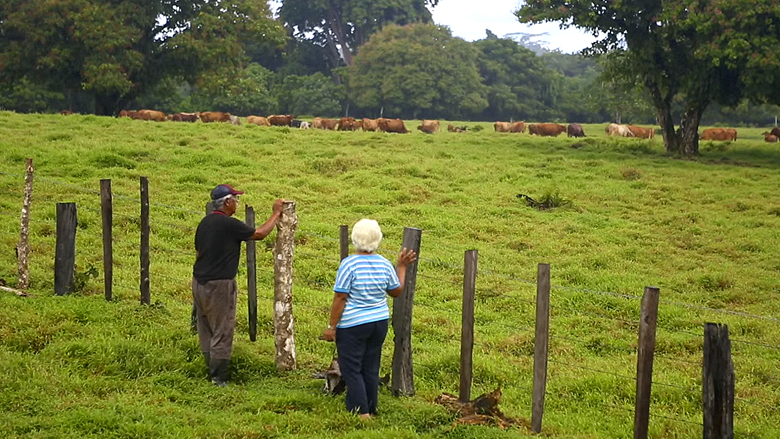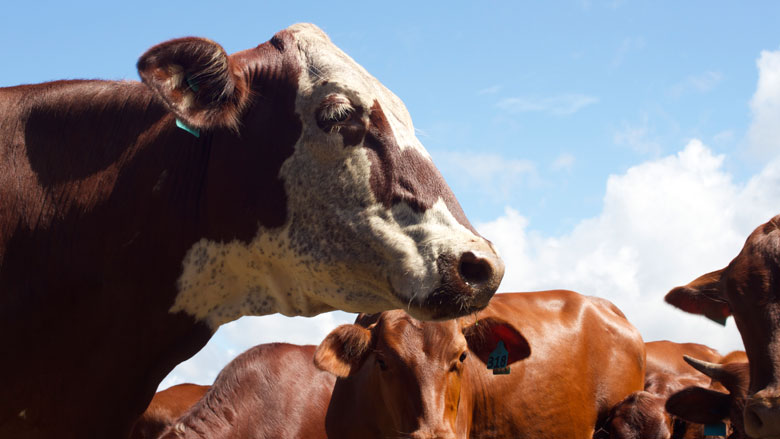Challenge
Samoa has achieved a major economic transformation over the last twenty years, largely driven by the services sector and remittances from Samoan diaspora overseas. Despite this strong growth, the income gap between the urban and rural populations has been increasing – partly due to the poor performance of the agricultural sector. Two out of every three Samoans work in the agricultural sector, but productivity is low and the country has had to rely increasingly on food imports to meet domestic needs. Households thus remain very vulnerable to increases in food prices, as was seen during the 2008 food price crisis when the cost of the basic food basket in Samoa increased by 25 percent over 12 months. The Samoa Agriculture Competitiveness Enhancement Project (SACEP) is addressing this vulnerability by investing in improved varieties and breeds of key crops and livestock, training farmers in better agricultural practices, and linking farmers to domestic markets.
Approach
The World Bank and the Samoan Ministry of Agriculture and Fisheries (MAF) have been working with farmers through the Samoa Agriculture Competitiveness Enhancement Project (SACEP). Its goal is to support livestock producers and fruit and vegetable growers improve their productivity and take greater advantage of market opportunities. Innovative achievements to date include the development of a hygienic mobile slaughtering service uniquely tailored to the Samoan conditions, so that farmers can meet the requirements of the recently introduced Slaughter and Meat Supply Act; introducing an integrated rainwater harvesting and storage system that collects water from runoff, allowing farmers to irrigate their crops, improve productivity and reduce their vulnerability to drought; and fostering a relationship between MAF and the Ministry of Health, which resulted in a joint public awareness campaign to encourage Samoans to ‘Eat a Rainbow’ of fresh fruits and vegetables every day.

